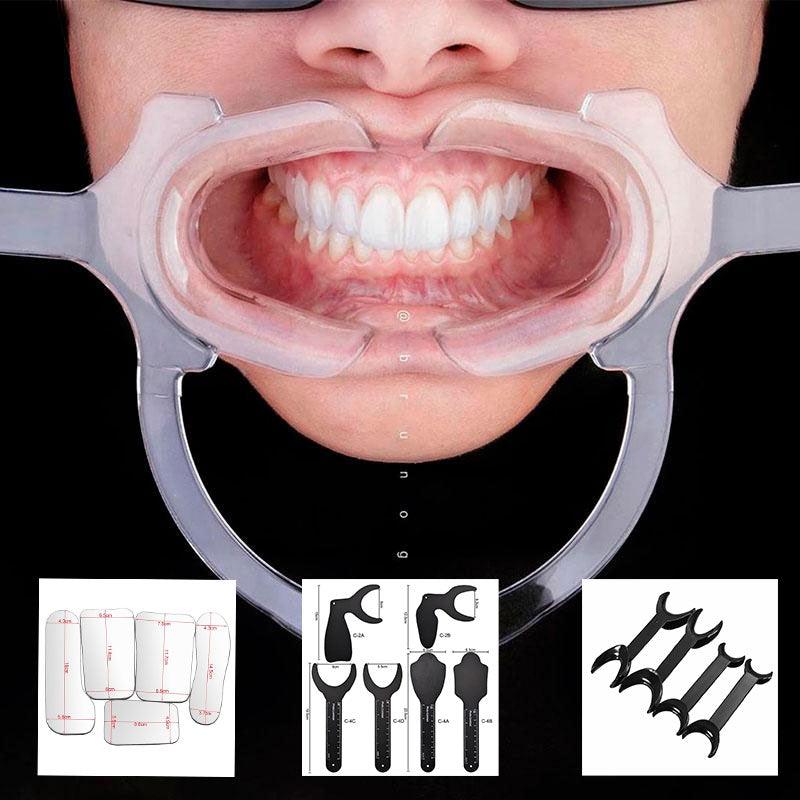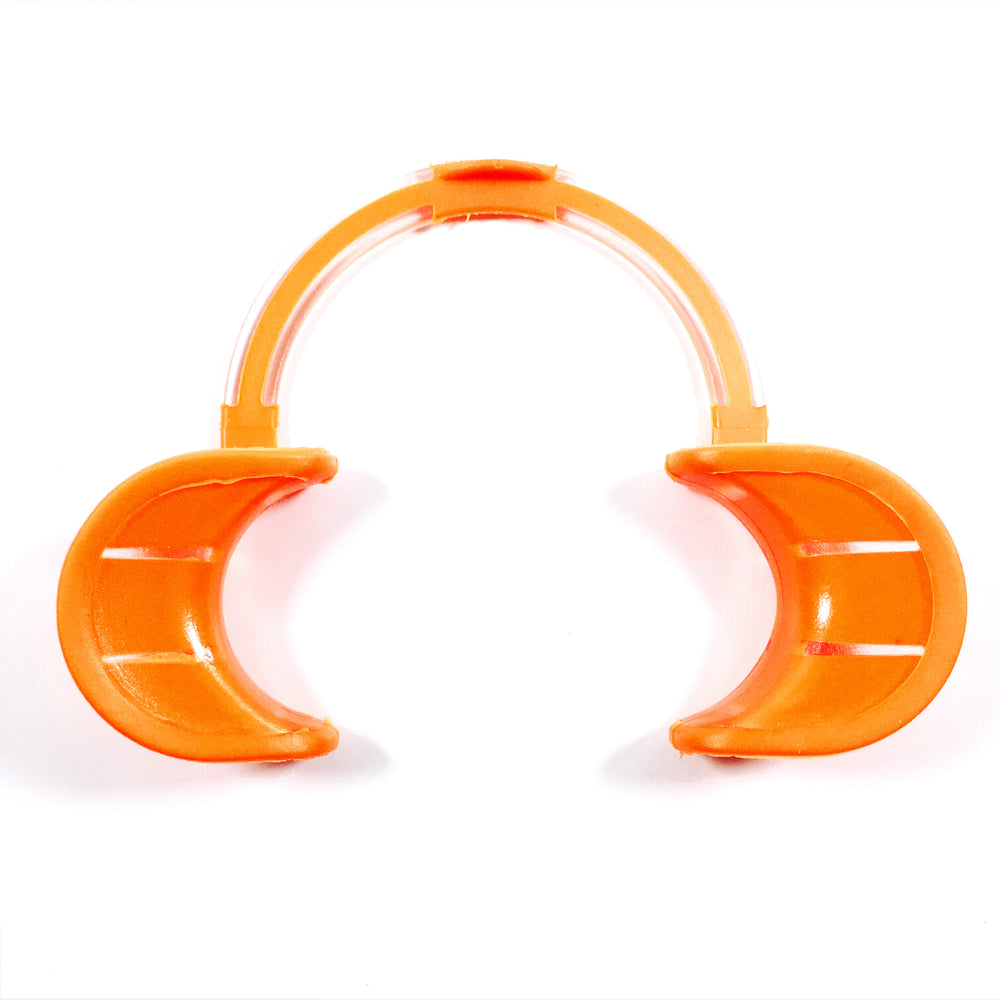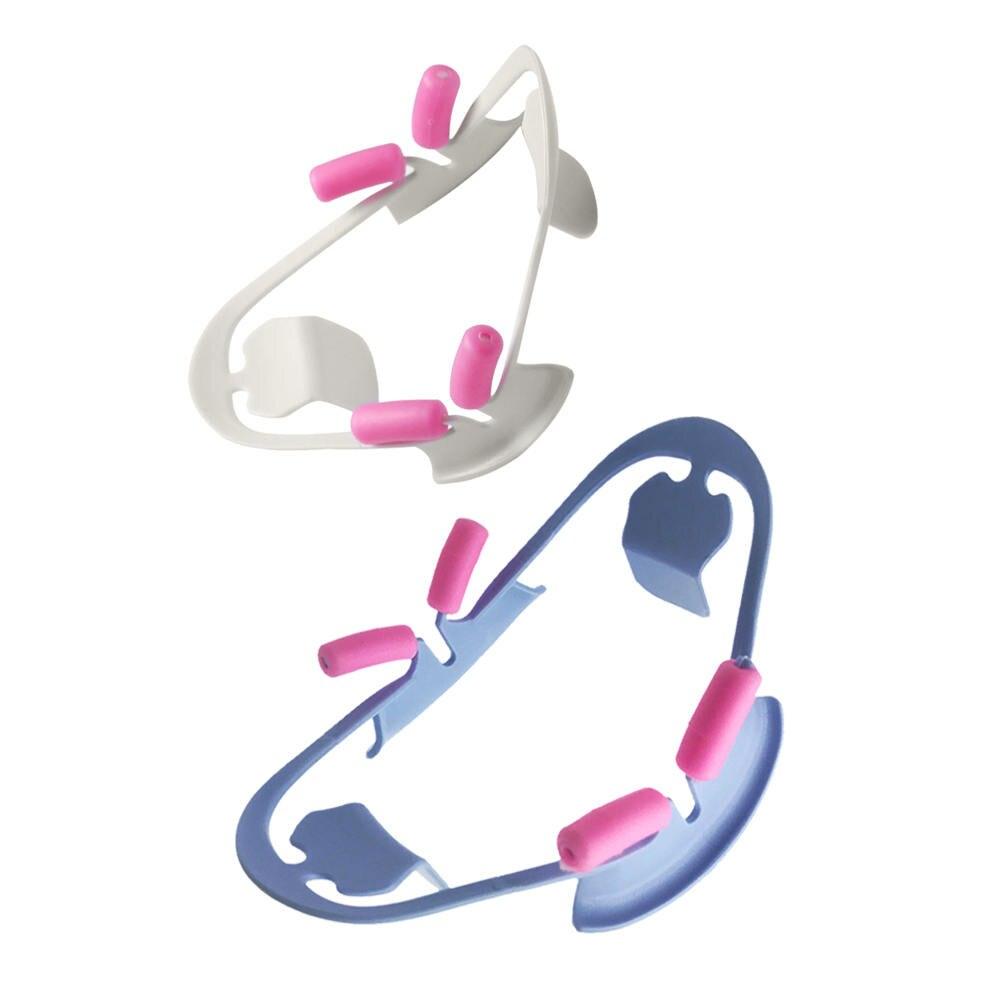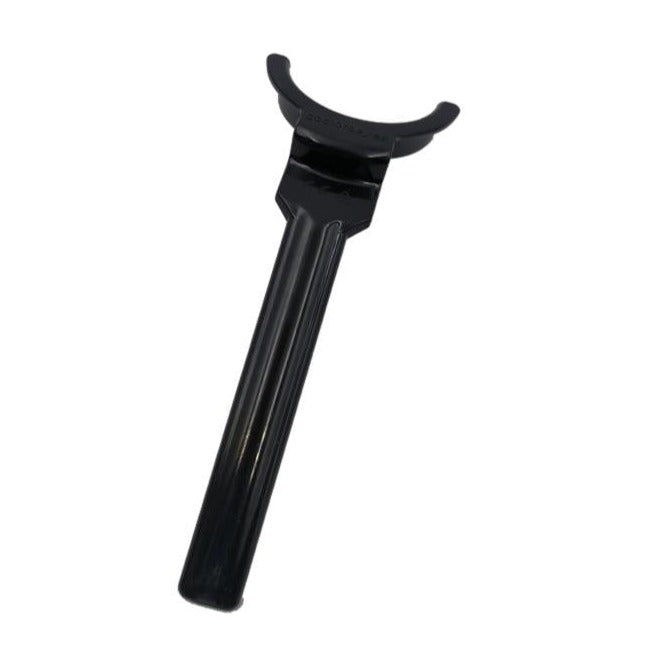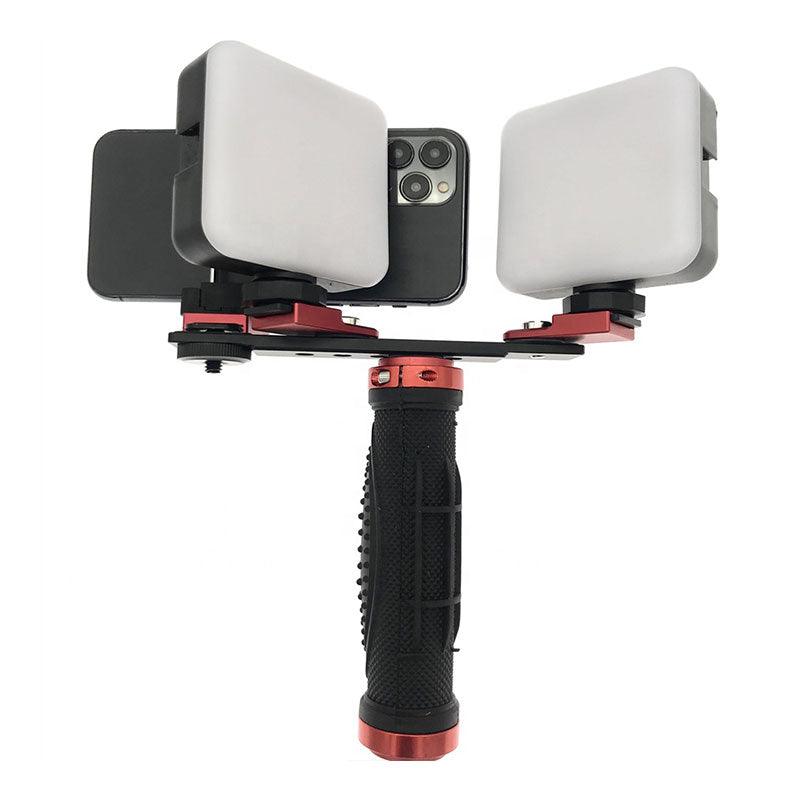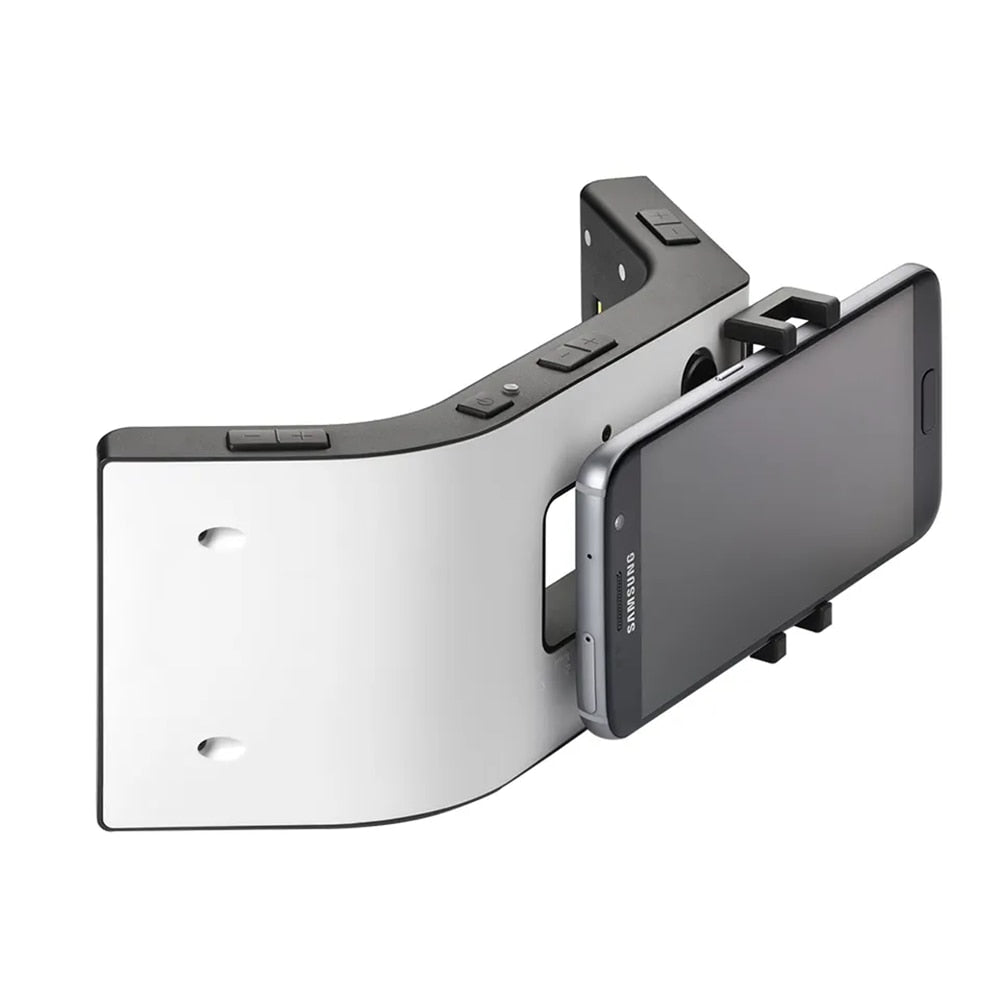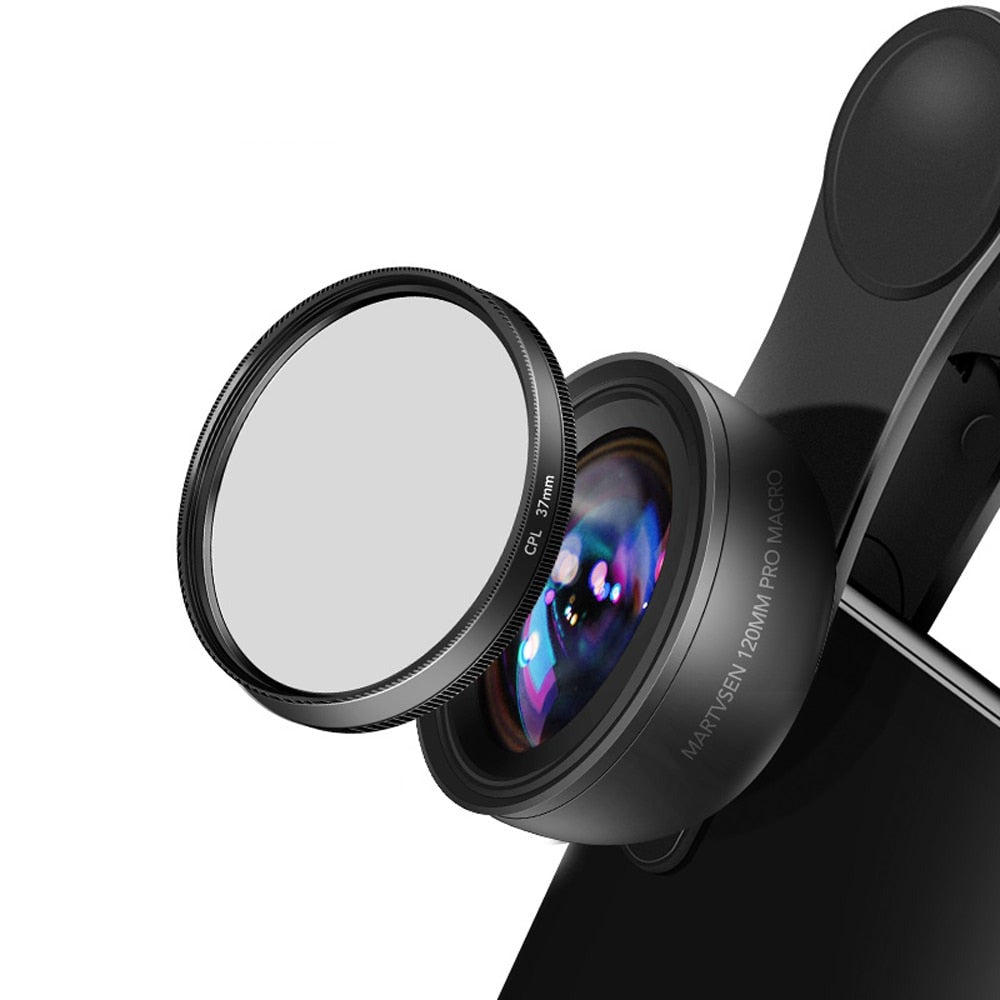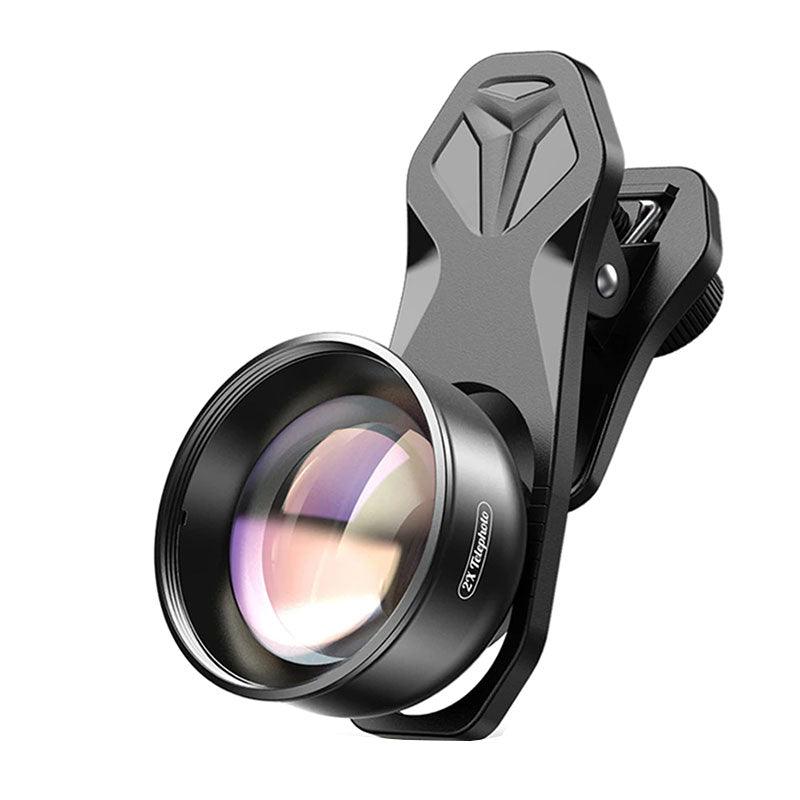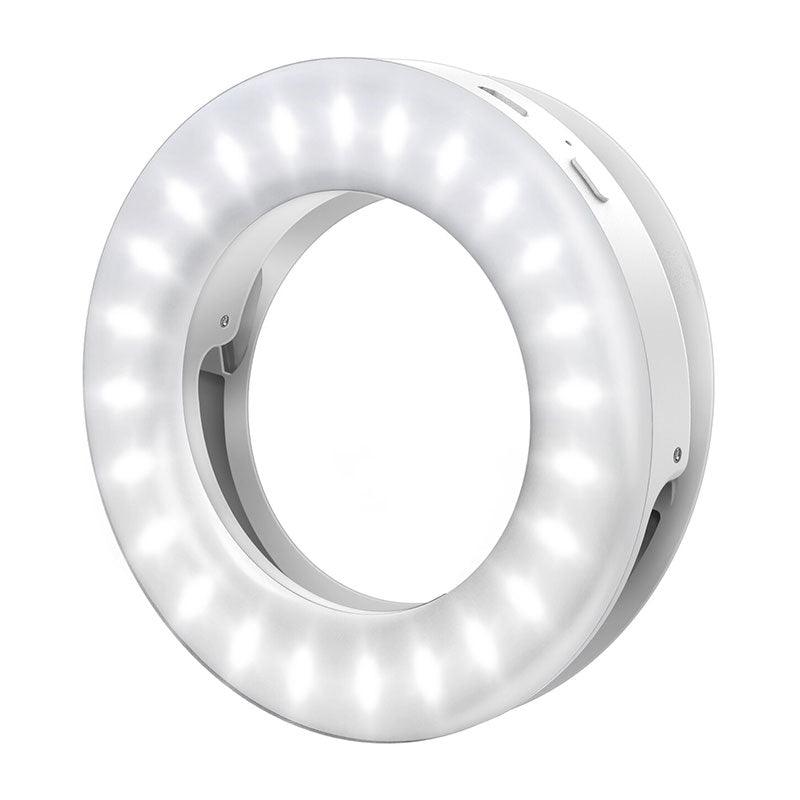Dental photography has become an indispensable tool for modern dentistry. Achieving high-quality dental photographs requires a good understanding of various technical aspects, and one of the key components is the aperture. In this article, we will delve into the intricacies of aperture and its significance in dental photography, exploring its effects on exposure, depth of field, and the distinctions between different aperture sizes.
What is Aperture?
Aperture refers to the opening in a camera's lens through which light enters the camera and reaches the image sensor. It is represented by the f-number, which is an essential setting to control the amount of light that enters the camera.
How Aperture Affects Exposure:
Aperture plays a pivotal role in determining the exposure of a dental photograph. The wider the aperture (lower f-number), the more light enters the camera, resulting in a brighter image. Conversely, a narrower aperture (higher f-number) allows less light, leading to a darker image. Proper exposure is crucial to capture accurate and detailed dental images, making aperture a key parameter to control.
How Aperture Affects Depth of Field:
Depth of field refers to the range of distance in an image that appears acceptably sharp. In dental photography, achieving the right depth of field is vital to focus on specific dental elements while blurring the background. A larger aperture (smaller f-number) results in a shallower depth of field, isolating the subject and creating a pleasing bokeh effect in the background. On the other hand, a smaller aperture (larger f-number) increases the depth of field, ensuring more of the scene is in focus.
Understanding F-Stop and F-Number:
The terms "f-stop" and "f-number" are often used interchangeably and represent the numerical values used to describe aperture settings. F-stops are a series of numbers that indicate the ratio of the lens's focal length to the diameter of the aperture. Smaller f-numbers like f/1.8 indicate larger apertures, while larger f-numbers like f/16 represent smaller apertures.
Large vs. Small Aperture:
Choosing between a large and a small aperture depends on the specific requirements of the dental photograph. A large aperture (e.g., f/2.8) is ideal when capturing detailed shots of specific dental features, such as close-up images of individual teeth. This helps create a soft, blurred background that draws attention to the subject. Conversely, a small aperture (e.g., f/16) is suitable for group shots or images requiring a broader depth of field, ensuring that multiple elements within the frame remain in focus.
Mastering aperture in dental photography is an essential skill for capturing stunning and informative images. By understanding the role of aperture in exposure and depth of field, as well as the significance of f-stops and f-numbers, dental professionals can enhance their photography skills and produce photographs that showcase their expertise. Whether aiming for artistic bokeh or comprehensive focus, the careful manipulation of aperture settings will undoubtedly elevate the quality of dental photographs.




